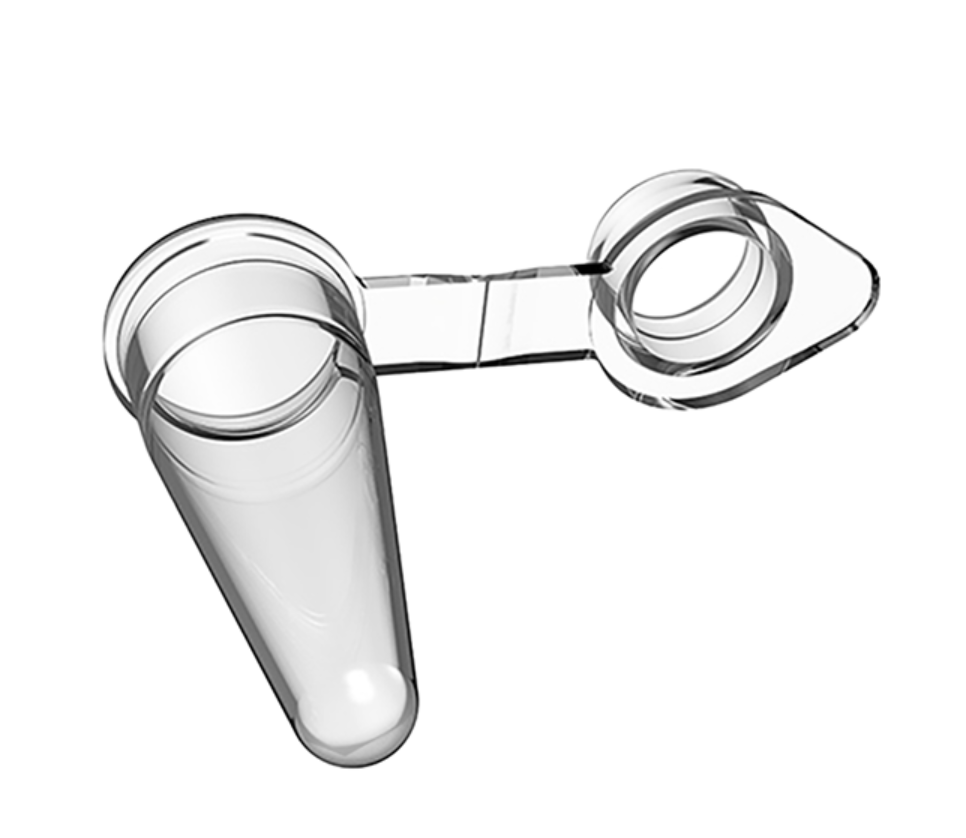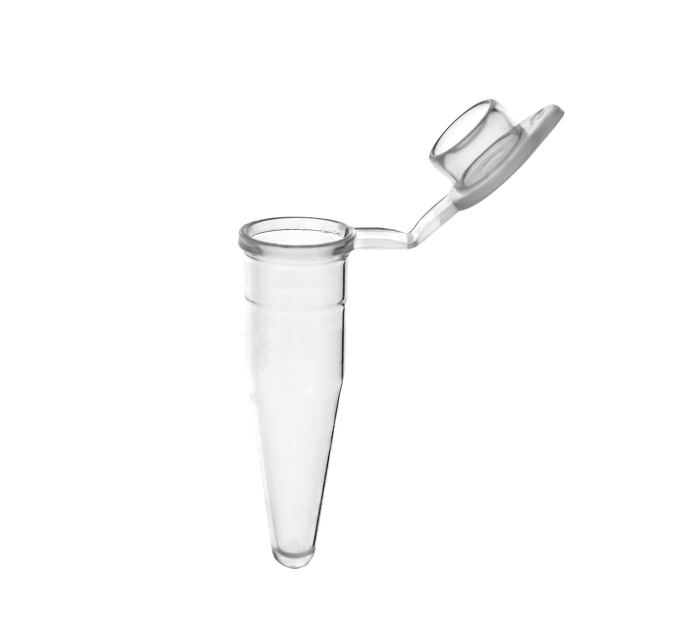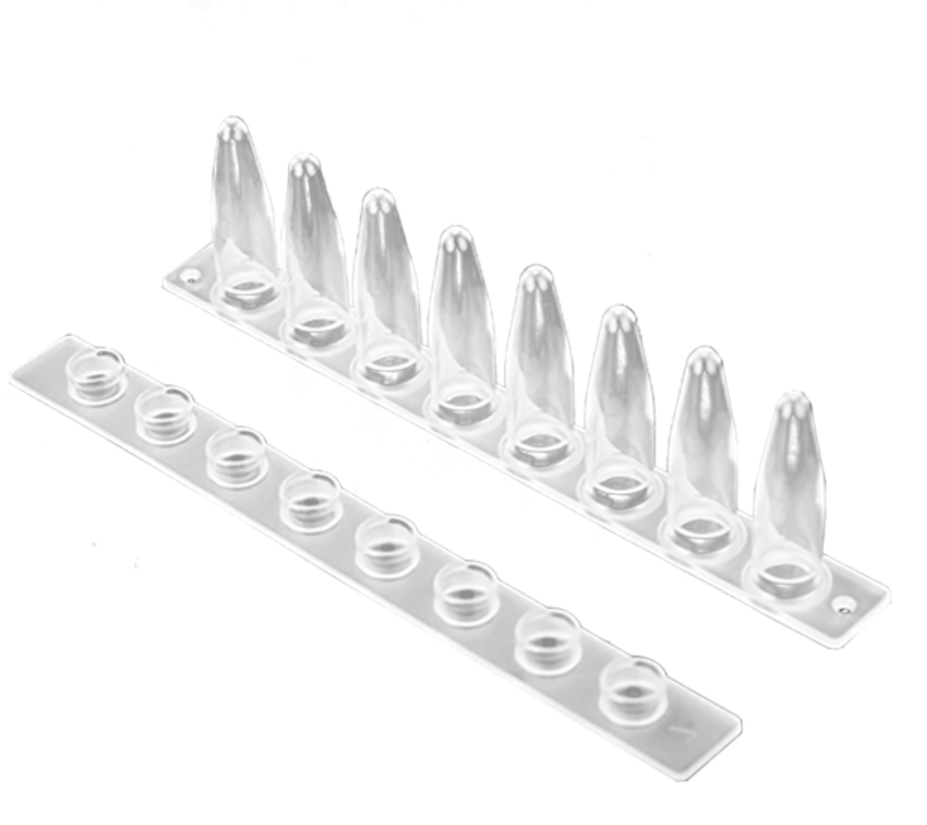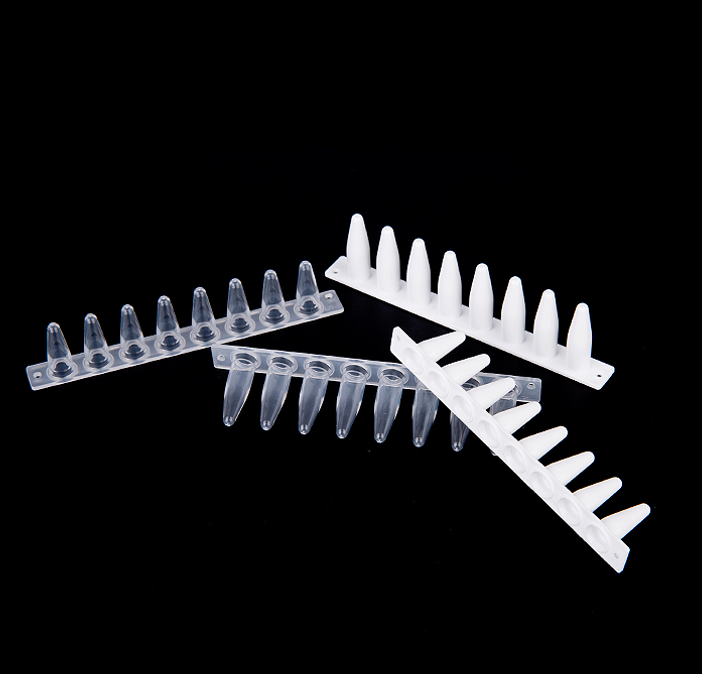Red bell pepper Red bell pepper contains a lot of vitamin c, and vitamin c can improve the body's immune function. It has been found that the vitamin c that can enhance immune function contained in one red bell pepper is a daily recommended intake proposed by the American Academy of Sciences. 250% of the amount. How to eat: After the red bell peppers are chopped, they can be mixed with celery and other vegetables and then poured with olive oil and vinegar. This way, a delicious cold dish is prepared, which is delicious and absolutely nutritious. carrot Carrots contain a lot of carotenoids, enter the body, in the liver and intestinal mucosa through the role of enzymes, of which 50% become vitamin A, there is the role of Liver eyesight, can treat night blindness. The carrot contains 1.35 to 17.25 milligrams of carotenoids per 100 grams of carrots, vitamin B, vitamin c, fats and sugars, iron, pectin, and inorganic salts. How to eat: Our most recommended method is to bake whole carrots so that it is more nutritious. If it is eaten raw, it can effectively whiten teeth. spinach Spinach contains a lot of plant crude fiber, has the role of promoting intestinal peristalsis, which is conducive to defecation, and can promote pancreatic secretion and help digestion. Experiments have shown that 1 cup of spinach contains more vitamin k and lutein than dietary reference intake, and also contains vitamins a, Mn, folic acid, magnesium, calcium and iron, and flavonoids and carotenoids. Edible method: Spinach cooked to eat more nutritious. Eat more casually, you can stir fry or soup. Radish The content of vitamin k and lutein contained in 2/3 cup radish sprouts meets the daily recommended intake of the American Academy of Sciences, and the content of vitamin c reaches more than 75% of the recommended intake. How to eat: The simple way to eat is to wash the dipping sauce. Can also be cold, or stir-fried pork. mustard Mustard greens contain a large amount of mustard yellow and vitamin k. In addition, they are rich in vitamins a, b, c, d, carotene, and dietary fiber. How to eat: Mustard is mainly used for frying with side dishes, or boiled soup. However, it should be noted that mustard should not be eaten raw or eaten. Vitamin c is a water-soluble ingredient, so when the vegetables are washed, it is easy to lose; vitamin c is afraid of high temperature, cooking temperature is too high or heating time is too long, vegetables, vitamin c will be a lot of destruction; vitamin c easily oxidized by air, vegetables The longer the fruit is stored, the greater the loss of vitamin C. Therefore, when storing or cooking vegetables, be sure to pay special attention to prevent vegetable nutrients from disappearing during your improper cooking process. Medical grade polypropylene material
Product compatible market mainstream ordinary PCR instrument and real-time fluorescence quantitative PCR instrument (QPCR)
Pcr Tube,Pcr Plate,8 Pcr Strip,8 Pcr Strip Tube Jiangsu iiLO Biotechnology Co., Ltd. , https://www.iilogene.com
Ultra-thin tube wall, extremely fast temperature conduction; pipe transparent, easy to observe
Convexing design, fit close, effectively avoid sample volatilization loss; flat cover design, suitable for real-time fluorescent quantitative PCR experiments; unique tube cover plus internal sealing and cover seal design, effectively avoid explosion problems
No RNASE, no DNase, no hotm, no internal toxins
Working temperature: -20 ° C ~ 100 ° C





Choosing the right vegetable selection science practice